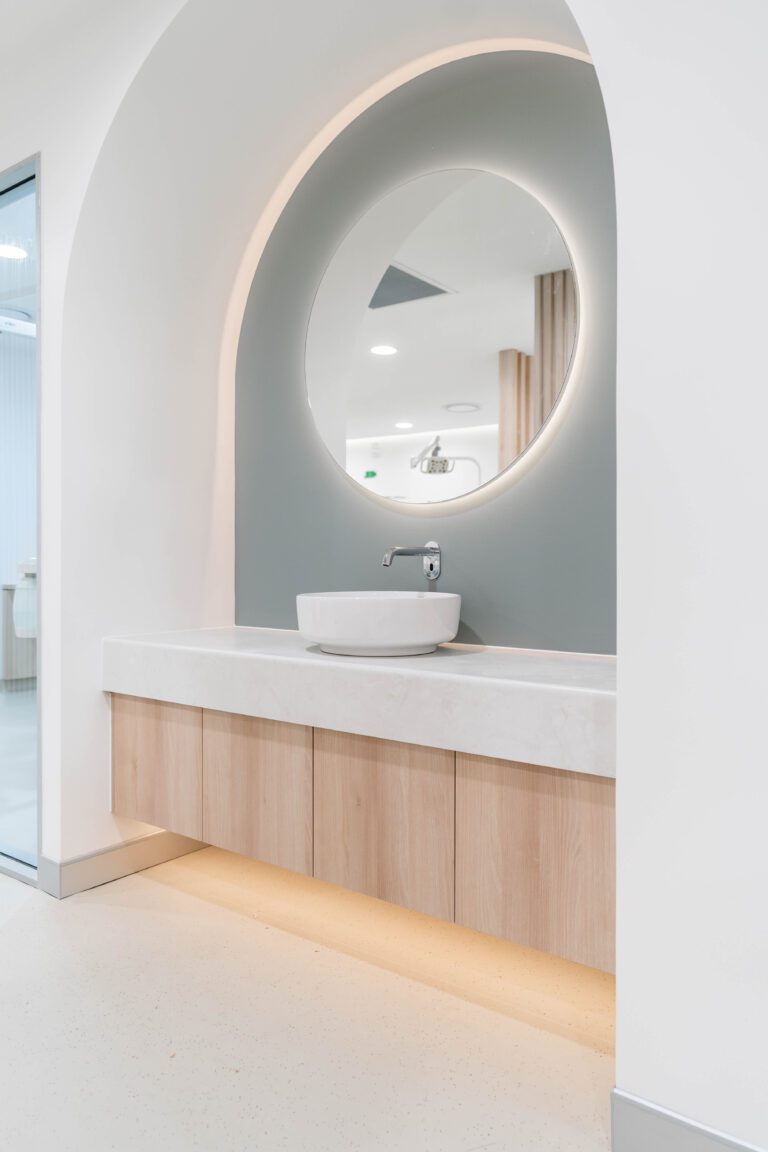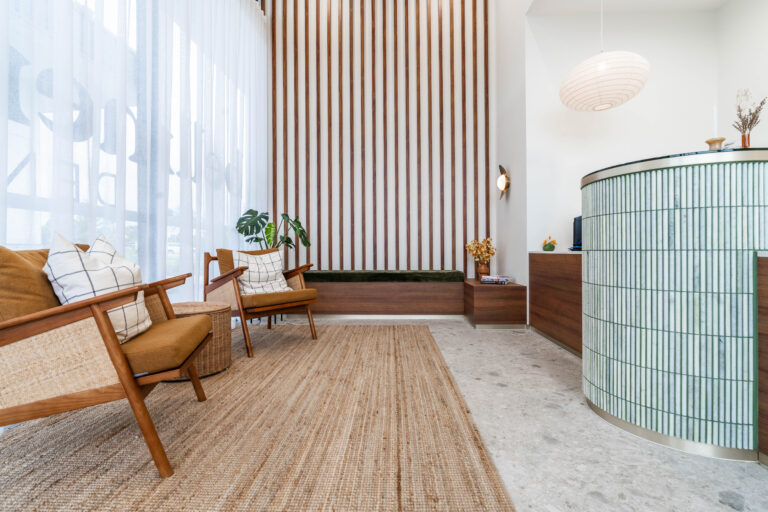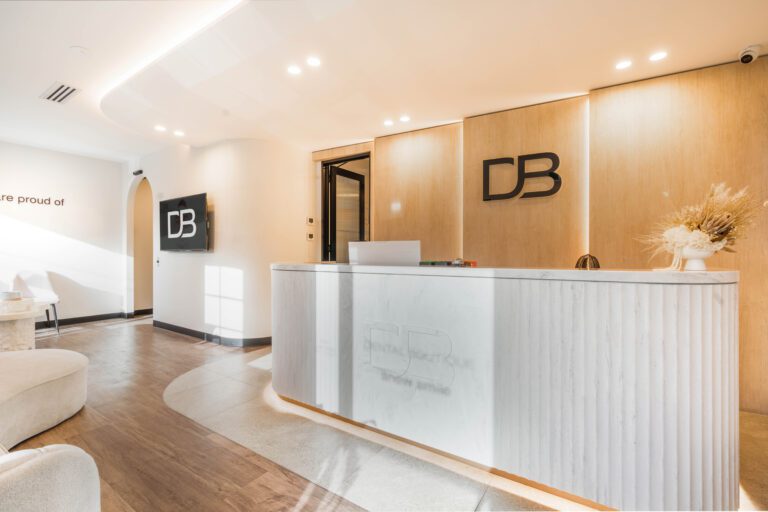Hospitals and medical centres are evolving. More facilities are moving away from cold, sterile environments and embracing biophilic design in healthcare—an approach that integrates natural elements like light, greenery, and water to create spaces that feel more welcoming and restorative. Research shows that healthcare environments with strong connections to nature can lower stress, speed up recovery, and improve the overall experience for both patients and staff.
Biophilic design in healthcare is shaping the future of medical spaces across Australia, from increasing natural light to incorporating indoor gardens and using natural materials. Let’s explore what it is, why it matters, and how to integrate it into healthcare facilities successfully.
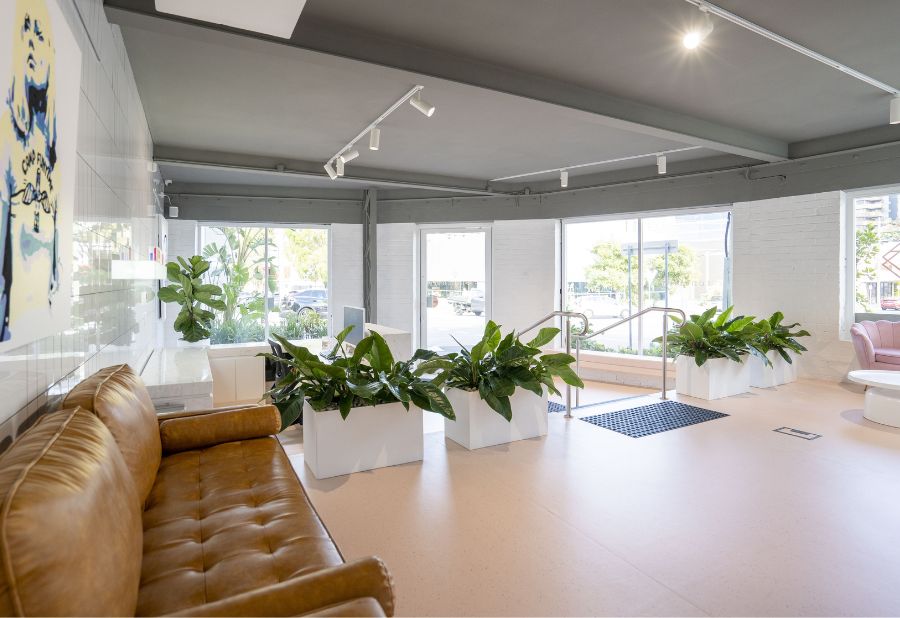
What is Biophilic Design in Healthcare?
Biophilic design integrates natural elements—like light, plants, water, and organic materials—into built environments. In healthcare, this approach creates spaces that feel more calming and supportive, helping both patients and healthcare workers.
Traditional medical hospitals focus on function, which can often make them feel cold and impersonal. Biophilic design takes a different approach, considering how the environment affects emotions and health. When hospitals use natural elements, patients tend to feel less anxious, experience less pain, and recover faster. Staff also benefit from improved focus, less fatigue, and a more positive work environment.
The Science Behind Biophilic Design
Nature has a powerful effect on the human body and mind. Studies show that adding natural elements to hospitals can lead to:
- Lower Stress and Anxiety: Patients with access to views of nature often need less pain medication and report feeling calmer. Even artwork or indoor plants can have similar benefits.
- Faster Recovery: Hospitals that use biophilic design often report shorter patient stays and improved healing rates, with natural light and fresh air playing a key role.
- Better Staff Well-being: Healthcare workers face high stress levels. Natural elements in the workplace can help reduce fatigue, boost focus, and improve job satisfaction.
By incorporating biophilic design in healthcare settings, you can create environments that feel more supportive, less clinical, and better for everyone.
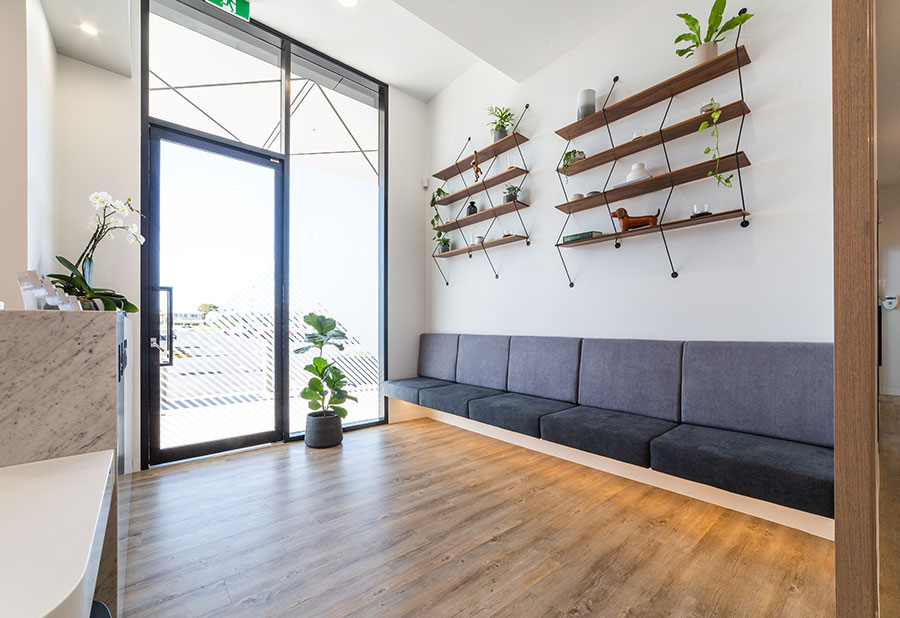
Key Elements of Biophilic Healthcare Spaces
Natural Light and Outdoor Views
Sunlight helps regulate sleep, improves mood, and supports recovery. Large windows, skylights, and open spaces let in more natural light and create a connection to the outdoors. Patient rooms with views of gardens or greenery can make a big difference in reducing stress.
Indoor Greenery and Living Walls
Plants not only look good—they also clean the air and help reduce noise. Living walls, or vertical gardens, are becoming more common in hospitals, offering a fresh and calming atmosphere.
Water Features for Relaxation
The sound of flowing water is known to lower blood pressure and promote relaxation. Small fountains or aquariums in waiting areas can create a peaceful environment for patients and visitors.
Natural Materials and Earthy Colours
Materials like wood, stone, and bamboo create warmth and a connection to nature. Soft, earthy tones—like greens, browns, and blues—can also have a calming effect.
Nature-inspired Artwork and Textures
Even when hospitals can’t include real greenery, nature-inspired wallpapers, artwork, or textured surfaces can have similar psychological benefits. Studies show that these elements can still help reduce stress and improve mood.
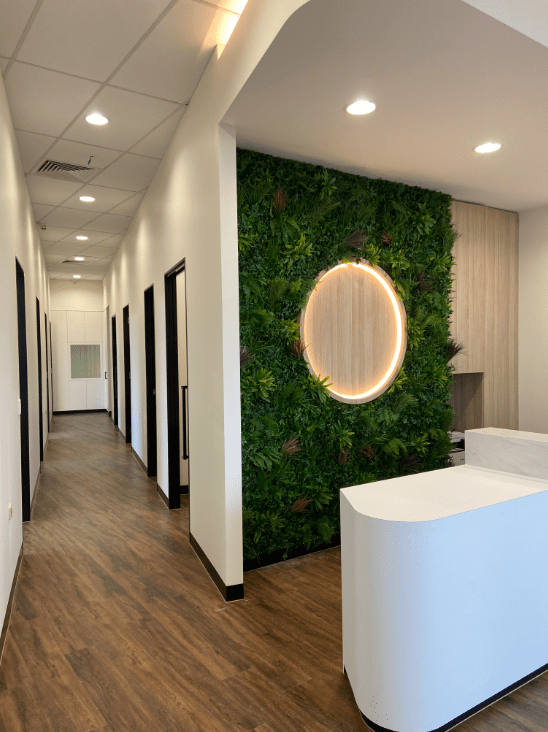
Creating a Better Experience for Patients and Staff
The integration of biophilic design in healthcare isn’t just about aesthetics—it has real, measurable benefits for both patients and medical staff.
- For Patients: A more comfortable, calming environment can lead to lower stress levels, better pain management, and faster recovery times.
- For Healthcare Staff: A thoughtfully designed workplace with natural elements can help reduce fatigue, improve focus, and create a more positive and productive work environment.
A healthcare space that feels warm, welcoming, and connected to nature can make all the difference in how people feel—whether they are receiving care or providing it.
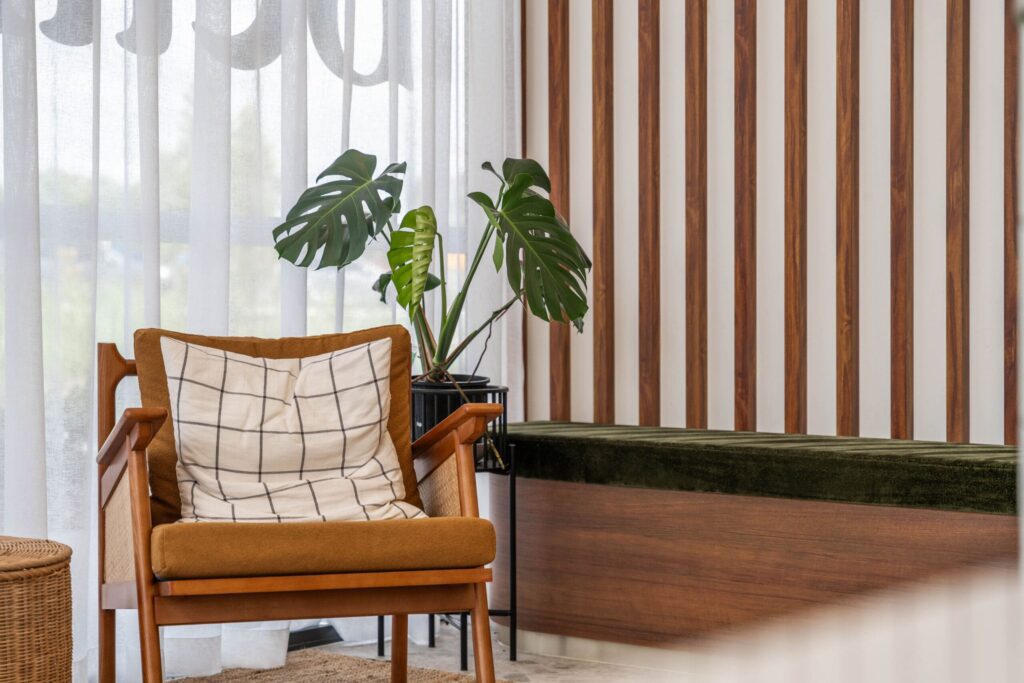
The Role of Acoustics and Air Quality
Biophilic design goes beyond greenery and natural light—sound and air quality also play a crucial role in creating a healing environment.
Acoustic Comfort
Hospitals and clinics can be noisy places, with constant movement, conversations, and medical equipment in use. Materials like timber, wood-based panels, and cork help absorb sound, reducing noise levels and creating a more peaceful atmosphere. Introducing natural soundscapes, such as the gentle trickle of a water feature, can also add to the sense of calm.
Better Air Quality for Healthier Spaces
Indoor air quality plays a major role in well-being, especially in medical settings. Good ventilation, air-purifying plants, and the use of low-VOC (volatile organic compound) materials can help reduce airborne pollutants, creating a fresher and healthier space for patients and staff.
By focusing on both sound and air quality, biophilic design in healthcare creates environments that are not only beautiful but also support overall health and well-being.
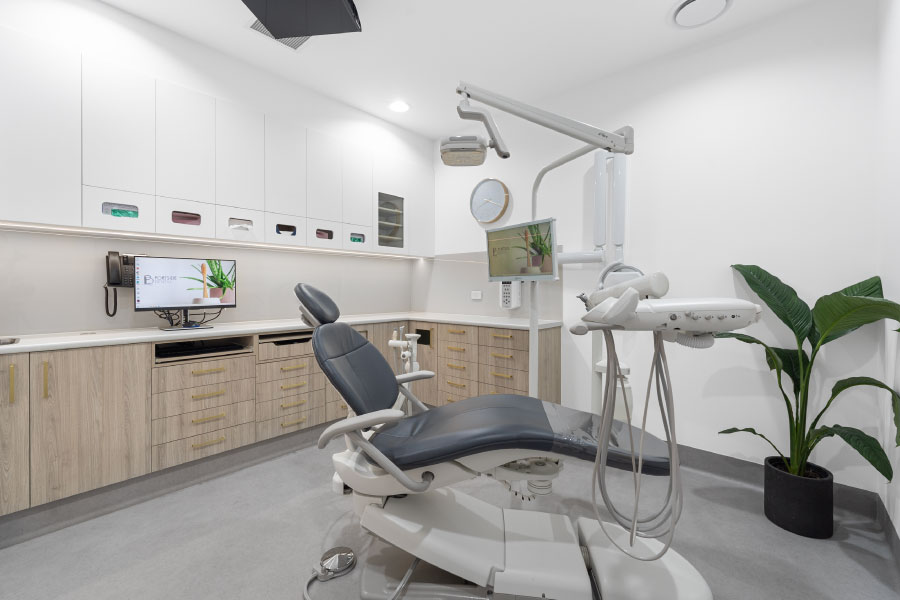
Practical Considerations for Implementing Biophilic Design
While large-scale hospital redesigns aren’t always possible, small changes can still have a big impact.
Add More Natural Light
Where possible, use large windows or skylights to bring in daylight. If direct sunlight isn’t an option, use lighting that mimics natural daylight to support circadian rhythms.
Incorporate Plants and Green Spaces
Even small potted plants or vertical gardens can improve air quality and reduce stress. Outdoor green spaces, such as courtyards or rooftop gardens, also provide patients and staff with a quiet, healing environment.
Use Nature-Inspired Colours and Materials
Swap out harsh white walls for warm, earthy tones. Use natural materials like timber and stone to create a softer feel. These elements help make medical spaces feel less clinical and more inviting.
Enhance Outdoor Spaces
If space allows, add healing gardens or outdoor seating areas. These areas give patients, staff, and visitors a place to step away from the clinical setting and reconnect with nature.
Improve Airflow and Acoustics
Use well-placed ventilation and sound-absorbing materials to create a more comfortable indoor environment. This not only improves air quality but also reduces noise levels, making the space feel more restful.
By making these adjustments, hospitals and clinics can create spaces that feel more human-centred and healing.
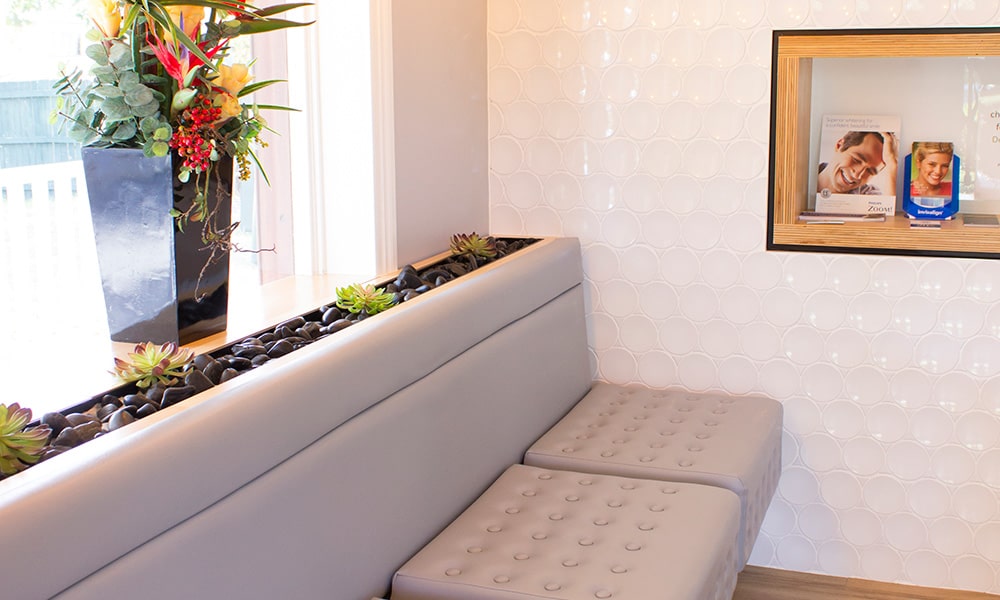
Bring Biophilic Design to Your Healthcare Facility with RiteSpace Construction
Healthcare spaces should do more than meet clinical needs—they should enhance recovery, support staff well-being, and create a welcoming environment for all. With biophilic design in healthcare, you can build a space that promotes healing, reduces stress, and improves efficiency.
At RiteSpace Construction, we deliver base builds and turnkey fit-outs designed for functionality, comfort, and compliance. Whether you’re constructing a new medical centre, upgrading an existing facility, or fitting out a specialised clinic or dental practice, we bring biophilic design principles into every project.
Ready to transform your space? Contact us today, explore our past projects, or download our free eBook to stay ahead of the latest trends in healthcare design.


